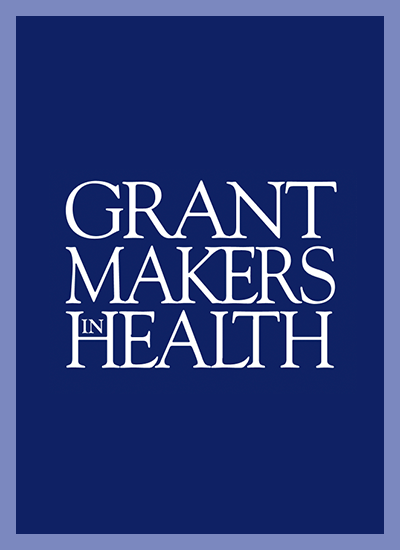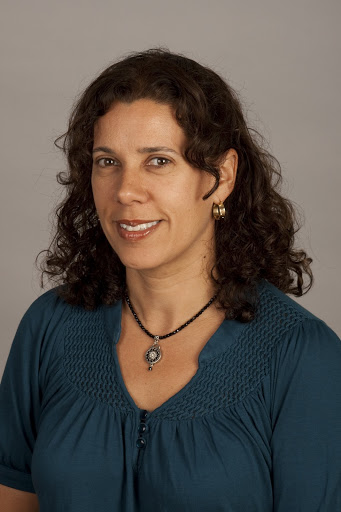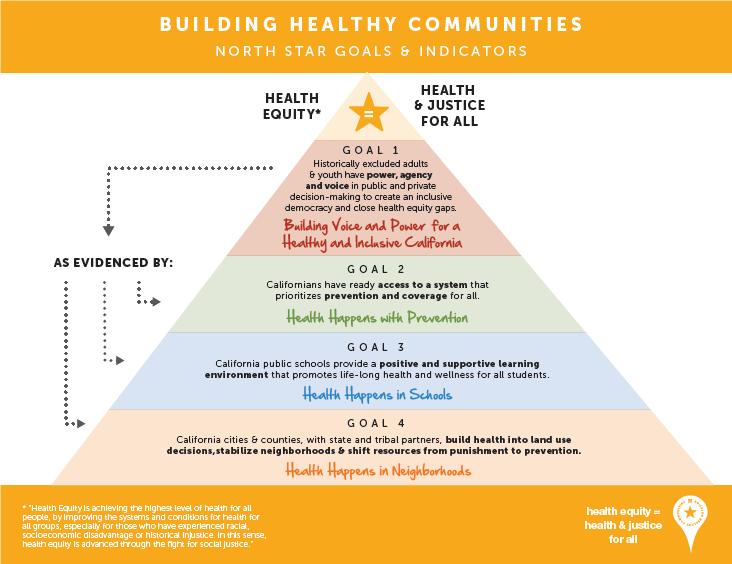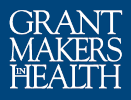June 2018

Lori Miller Nascimento, Learning and Evaluation Manager, The California Endowment
Sonia Taddy Sandino (contributor), Engage R+D
Jennifer Ito (contributor), USC PERE
Each year, GIH asks health funders to share their thoughts on our annual conference theme. This year, we’ve asked evaluators from foundations to reflect on our 2018 conference theme, Navigating Currents of Change.

Evaluators Are Great at Asking Questions
In this era of sweeping social movements and rapid response grantmaking, what is the role of learning and evaluation? What role can evaluators play to support bold efforts to defend vulnerable populations and support power building and movement infrastructure? How, and to what effect can grantees and beneficiaries be engaged in learning and reflection? What are the most effective ways that foundations can support community-driven organizing and how can these efforts be sustained?
The California Endowment has made a commitment to protecting the health, safety, and wellness of all Californians, while strengthening power building and movement infrastructure toward a more inclusive future for all. However, the national elections have created tremendous uncertainty and concern, not only about the rollback of the Affordable Care Act’s gains but also for an equitable and inclusive democracy. This essay explores how evaluation and learning strengthens grantmaking to support social movements through building power, voice, and agency of historically excluded adults and youth in California.
Midway through Our 10-Year Plan, We Asked Key Questions and Landed on a North Star Goal
In 2016, midway through The California Endowment’s 10-year Building Healthy Communities plan, the evaluation department facilitated a process to hone in on key local and statewide strategies for the remaining years of the initiative. The process resulted in a set of North Star Goals and Indicators to guide the majority of grantmaking for the coming years (see Figure 1). Our predominant goal, “building voice and power for a healthy and inclusive California,” is further explained as “historically excluded adults and youth residents have voice, agency, and power in public and private decisionmaking to create an inclusive democracy and close health equity gaps.” Four broad outcomes were articulated within this goal: increased leadership, organizing capacity, narrative change, and equitable policies and practices.
Figure 1

How Focusing on Our North Star Facilitates Learning and Evaluation in Turbulent Times
The two examples below illustrate how evaluation can provide valuable insights and information to support more effective grantmaking in chaotic times when it is done collaboratively, with a shared understanding of expectations, and with clear communication.
Example #1 – Evaluation of Power Building Efforts
One key investment in Building Healthy Communities is supporting capacity building for Californians to engage in campaigns to improve their communities. After collecting data from 112 grantees that organize residents and from 25 additional key stakeholders, our evaluation partners from the University of Southern California Program for Environmental and Regional Equity (USC PERE) shared recommendations that we need to first build a shared understanding about power, including a working set of terms, concepts and definitions. Another key finding from the report, A Pivot to Power, articulated the need for increased attention and resources for leadership development. Finally, the report surfaced the need to provide dedicated resources for organizing to fill in those gaps in the statewide organizing infrastructure and sustain current efforts. Findings from the evaluation are resonating with staff and we are looking more closely at data to inform future grantmaking strategies.
The evaluation team is increasingly being engaged in conversations about equity, race, and power to develop stronger strategies around our North Star goals.
Questions guiding the evaluation of Power Building investments include:
- What is the current state of organizing, power building, and movement building in California?
- How has the foundation impacted organizing capacity in the state, and supported these capacities over time?
- What are we learning to ensure that investments and progress made through Building Healthy Communities contribute to a powerful and lasting infrastructure for change post 2021?
Example #2 – Evaluation of the Fight for All Fund
Like many foundations with “opportunity funds” or “emergency funds,” the Endowment responded to recent threats to vulnerable Californians in 2017 by creating a cross-departmental team with an allocated budget referred to as the “Fight for All Fund.” This fund was developed to defend affordable health coverage, and to protect the health, safety, and wellness of all Californians, while strengthening the power building and movement infrastructure that has and will continue to lead the way toward a more inclusive future for all. The evaluation team from Engage R+D worked with staff to develop three broad areas of inquiry connected to the purpose of the fund: a) defend and protect; b) influence and partnership; and c) organizational learning, alignment, and adaptation. Given the uncertainty and shifting policy environment, the developmental evaluation of the Fight Fund seeks to rapidly elevate key learnings and insights in ways to inform strategy and organizational learning. The evaluation team observes meetings and tracks both the operations of grantmaking, the evolving context, and the extent to which this grantmaking strategy is achieving its goals in several key content areas.
Questions guiding the evaluation of the Fight for All Fund include:
- How is the foundation adapting its practices and approach to respond to the constantly shifting environment and when should we shift from a defensive to an offensive position?
- How and to what effect has the foundation supported efforts to protect gains in the Affordable Care Act?
- What has been the foundation’s influence on philanthropic and public-sector partners, what has been leveraged, and how have partnerships advanced the goals of the Fight of All Fund?
What’s Learning Got to Do with It?
These examples demonstrate an evaluation approach that provides meaningful guideposts while remaining flexible, adaptive, and responsive to the changing environment and emerging opportunities. They also make clear connections to emerging strategies and engage internal stakeholders in learning, reflection, and assessing progress. Unfortunately, this approach to evaluation is not typical. While evaluators have technical skills, the data collection, analysis, and reporting process is often laboriously slow when using methodologies that prioritize respect and humility. By the time data is shared, it may have lost its utility as grantmakers have already made key decisions and allocated next year’s budgets. In today’s current environment, timely information and reliable data is critical. Our goal is to support Power Building and the Fight for all Fund by producing useful and timely information to inform organizational learning and improve grantmaking that addresses urgent threats to vulnerable populations.
By working together and with transparency, our evaluators will surface findings that challenge our assumptions while providing recommendations on how we can better: 1) develop and align an adaptive systems grantmaking strategy; 2) shift internal practices and approaches to respond to emergent needs and opportunities; 3) partner in new ways with other funders, allies, and nontraditional partners; and 4) incorporate a developmental evaluation approach to support organizational learning, alignment and adaptation.
Topics:
